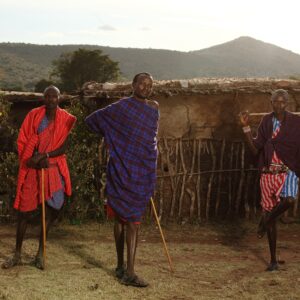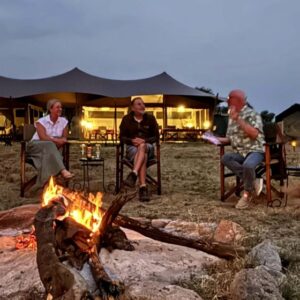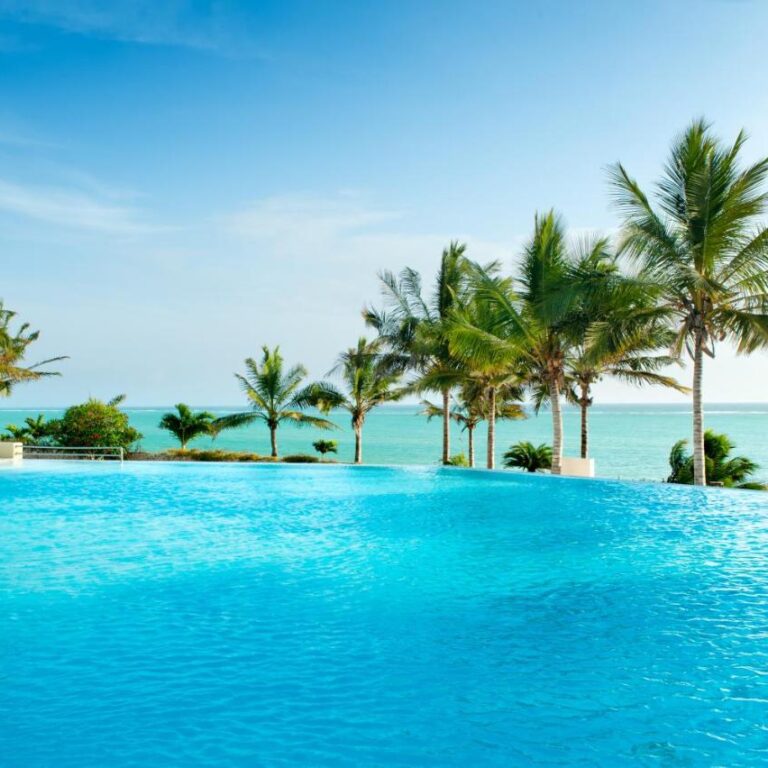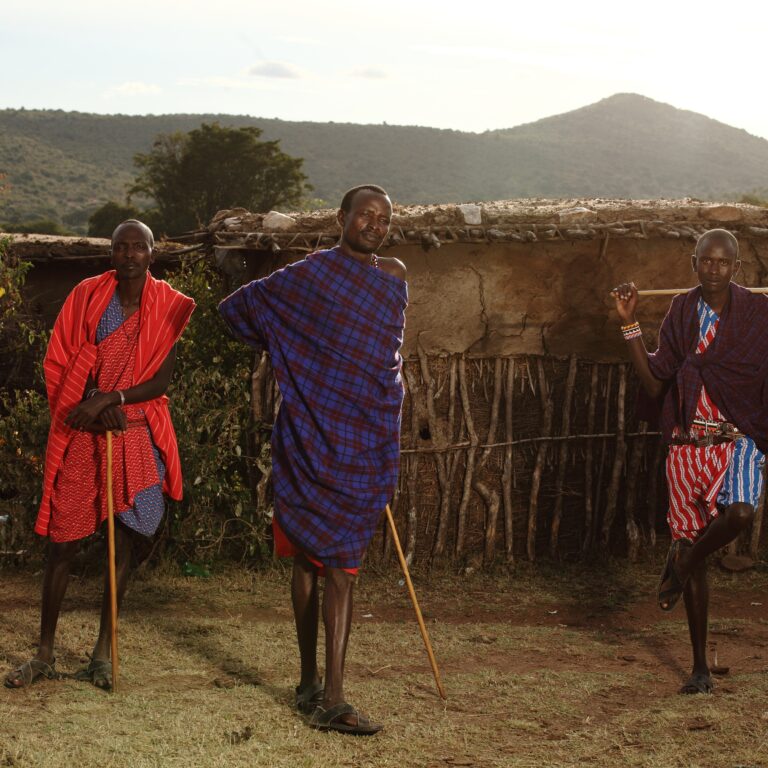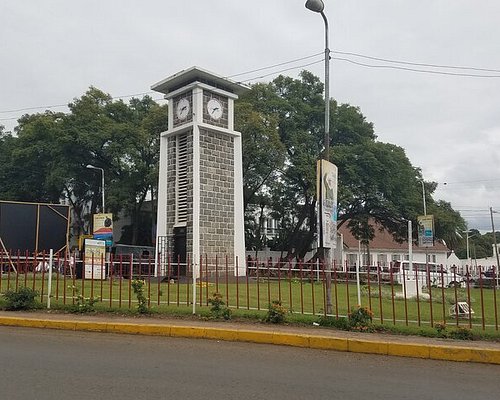7 Hard Truths About Climbing Kilimanjaro (That You Need to Know)
Climbing Mount Kilimanjaro is a bucket-list adventure for many, but it’s also one of the most challenging undertakings one can experience. Before you embark on this life-changing journey, it’s crucial to understand the reality of what lies ahead. The dream of standing on Africa’s highest peak is undoubtedly thrilling, but the path to the summit is paved with difficulties that should not be underestimated. Here, we share seven hard truths about climbing Kilimanjaro that every prospective climber needs to know.
1. Altitude Sickness is a Real Threat
When climbing Kilimanjaro, altitude sickness isn’t just a possibility; it’s a near certainty for most climbers. The summit, Uhuru Peak, stands at an impressive 5,895 meters (19,341 feet) above sea level, where the air is thin and oxygen levels are significantly reduced. Altitude sickness can manifest in various ways, from mild symptoms like headaches and nausea to severe, life-threatening conditions such as High-Altitude Pulmonary Edema (HAPE) or High-Altitude Cerebral Edema (HACE).
Despite the rigorous physical preparation, no one is immune to the effects of high altitude. The key to mitigating altitude sickness is acclimatization. Choosing a longer route, such as the Lemosho or Northern Circuit, which allows more time for your body to adjust to the altitude, can make a significant difference in your chances of reaching the summit.
2. The Climb is More Mentally Challenging Than Physical
While physical fitness is crucial for climbing Kilimanjaro, the mental challenges you will face can be even more daunting. The prolonged exertion, unpredictable weather conditions, and the sheer monotony of putting one foot in front of the other for days on end can wear down even the most determined climbers.
The summit night is particularly grueling. After days of trekking, you will begin your final ascent around midnight, in the freezing cold and darkness, with only your headlamp lighting the way. The steep, rocky trail, combined with the effects of altitude, will test your mental resilience like never before. Many climbers describe the summit push as one of the hardest things they’ve ever done, requiring an iron will to keep moving forward when every part of you wants to stop.
3. Kilimanjaro is Not a Technical Climb, But It’s Not Easy Either
Kilimanjaro is often marketed as a “walk-up” mountain, and while it’s true that it doesn’t require technical climbing skills or equipment, this description can be misleading. The terrain is varied and challenging, ranging from muddy rainforest trails to barren alpine desert and rocky, ice-covered slopes near the summit.
The sheer length of the climb—typically 6 to 9 days—combined with the daily altitude gain and the cumulative fatigue, makes it a demanding endeavor. The ascent of the Barranco Wall, a nearly vertical rock face, can be particularly intimidating, though it’s more about careful scrambling than technical climbing. Be prepared for long days on your feet, carrying a daypack, and enduring whatever conditions Kilimanjaro throws at you.
4. You Will Experience Extreme Weather Conditions
One of the most surprising aspects of climbing Kilimanjaro is the wide range of weather conditions you’ll experience in a short period. The journey starts in the humid, warm rainforest, passes through the cool moorland, and ends in the arctic-like conditions at the summit.
On summit night, temperatures can plummet to as low as -20°C (-4°F) or even lower with wind chill. These extreme temperatures, combined with the high altitude and physical exhaustion, make summit night incredibly challenging. Proper gear, including thermal clothing, a high-quality sleeping bag, and layers that you can easily add. Or remove, is essential to surviving the varying conditions on the mountain.
5. There’s No Guarantee You’ll Make It to the Summit
Even with the best preparation, determination, and a top-notch guide, reaching the summit of Kilimanjaro is not guaranteed. Hard Truths About Climbing Kilimanjaro (That You Need to Know) success rates vary widely depending on the route. The guide company, and the climber’s condition. Overall, the average summit success rate is around 65%.
Factors such as altitude sickness, extreme weather, and sheer exhaustion can force even the fittest climbers to turn back. It’s important to go into the climb with the mindset that while the summit is the goal, your safety is the priority. Listening to your guide, paying attention to how your body feels. And being willing to turn back if necessary, are all crucial to ensuring a safe climb.
6. The Cost of Climbing Kilimanjaro Can Be High
Climbing Kilimanjaro is not a cheap adventure. The costs can vary depending on the route, the length of the climb, and the guide company you choose. A reputable, well-equipped trek with experienced guides and proper acclimatization can cost anywhere from $21,50 to $5,000 or more.
It’s essential not to cut corners when choosing a guide company. Cheaper options may skimp on important safety measures, such as proper equipment, experienced guides, and adequate food and water. The old adage “you get what you pay for” definitely applies here. Investing in a quality climb can make the difference between reaching the summit safely and having to turn back early.
7. Post-Climb Recovery Takes Time
Even if you’re in peak physical condition, the toll that Kilimanjaro takes on your body is significant. After the climb, many people experience extreme fatigue, muscle soreness, and in some cases, lingering symptoms of altitude sickness. The combination of physical exertion, lack of sleep. And exposure to high altitudes means that your body will need time to recover.
It’s not uncommon for climbers to take several days, or even weeks, to feel fully recovered. Planning some downtime after your climb. Whether it’s relaxing on a beach in Zanzibar or taking a few days off work, is a wise move. Your body and mind will need it after the intense effort of summiting Kilimanjaro.
What is the truth behind Kilimanjaro?
Mount Kilimanjaro’s three peaks were formed after volcanic eruptions millions of years ago. One volcanic cone, Shira, is now extinct and eroded, while the other two. Mawenzi and Kibo, ‘melted’ together after subsequent eruptions. Kibo is now the highest with its famous Uhuru peak at almost 6000m above sea level.
What is the hardest part of climbing Kilimanjaro?
Umbwe route is one of the shortest routes to the Southern Glaciers and the Western Breach. Cnsidered the hardest and challenging route on Mount Kilimanjaro. The rapid speed of the ascent and steepness makes acclimatization very difficult.
What is it like to climb Kilimanjaro?
Climbing Kilimanjaro is an exhilarating yet challenging adventure. The journey takes you through diverse landscapes, from lush rainforests to barren alpine deserts, culminating in the icy summit of Uhuru Peak. It’s not technically difficult, but the altitude, unpredictable weather, and physical demands test your endurance and mental strength. Reaching the summit at 5,895 meters offers a profound sense of achievement, but the climb also requires careful preparation, resilience, and respect for the mountain’s formidable challenges.
How difficult is it to climb Mt. Kilimanjaro for an amateur climber with average fitness level and no previous experience in mountain climbing?
Climbing Mount Kilimanjaro is challenging for an amateur climber with average fitness and no mountain experience. The trek involves long days of hiking, altitude gain, and varying terrain, from rainforest to icy slopes. While it doesn’t require technical climbing skills. The mental and physical demands, especially the risk of altitude sickness, make it tough. Proper preparation, acclimatization, and a good guide are essential for success. But the climb is still a formidable challenge even for those in decent shape.


